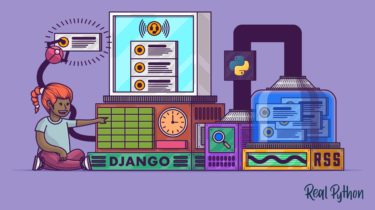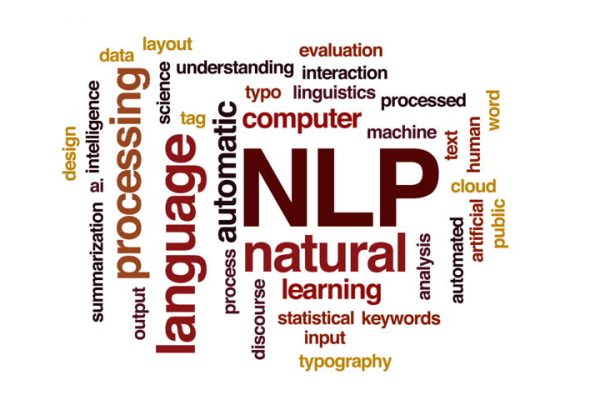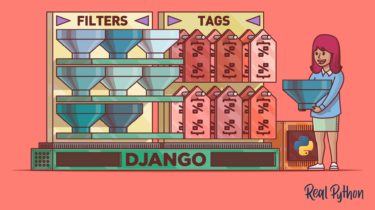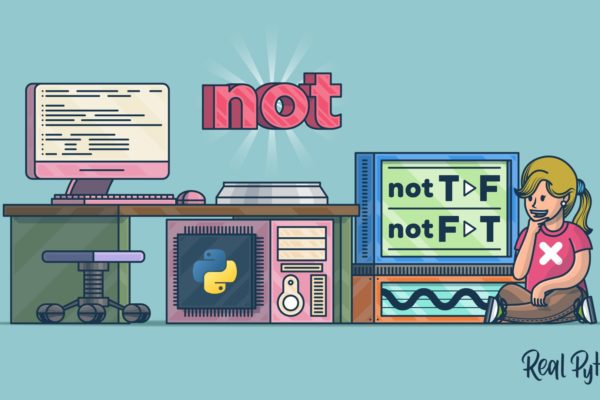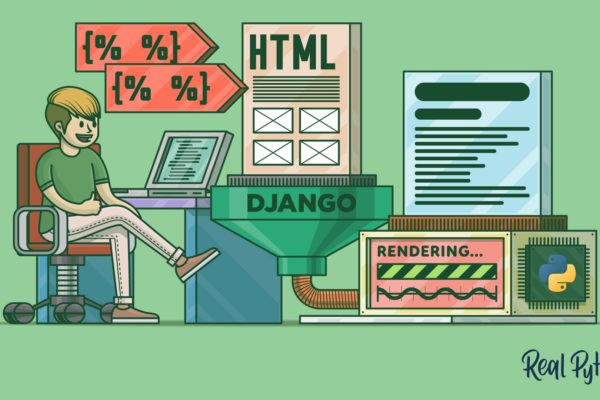Build a Content Aggregator in Python
In this project-based tutorial, you’ll build a content aggregator from scratch using Python and the popular framework Django. With so much content coming out online daily, it can be time consuming to go to multiple sites and sources to consume information about your favorite subjects. This is why content aggregators are so popular and powerful, as you can use them to view all the latest news and content in one place. Whether you’re looking for a portfolio project or ways […]
Read more